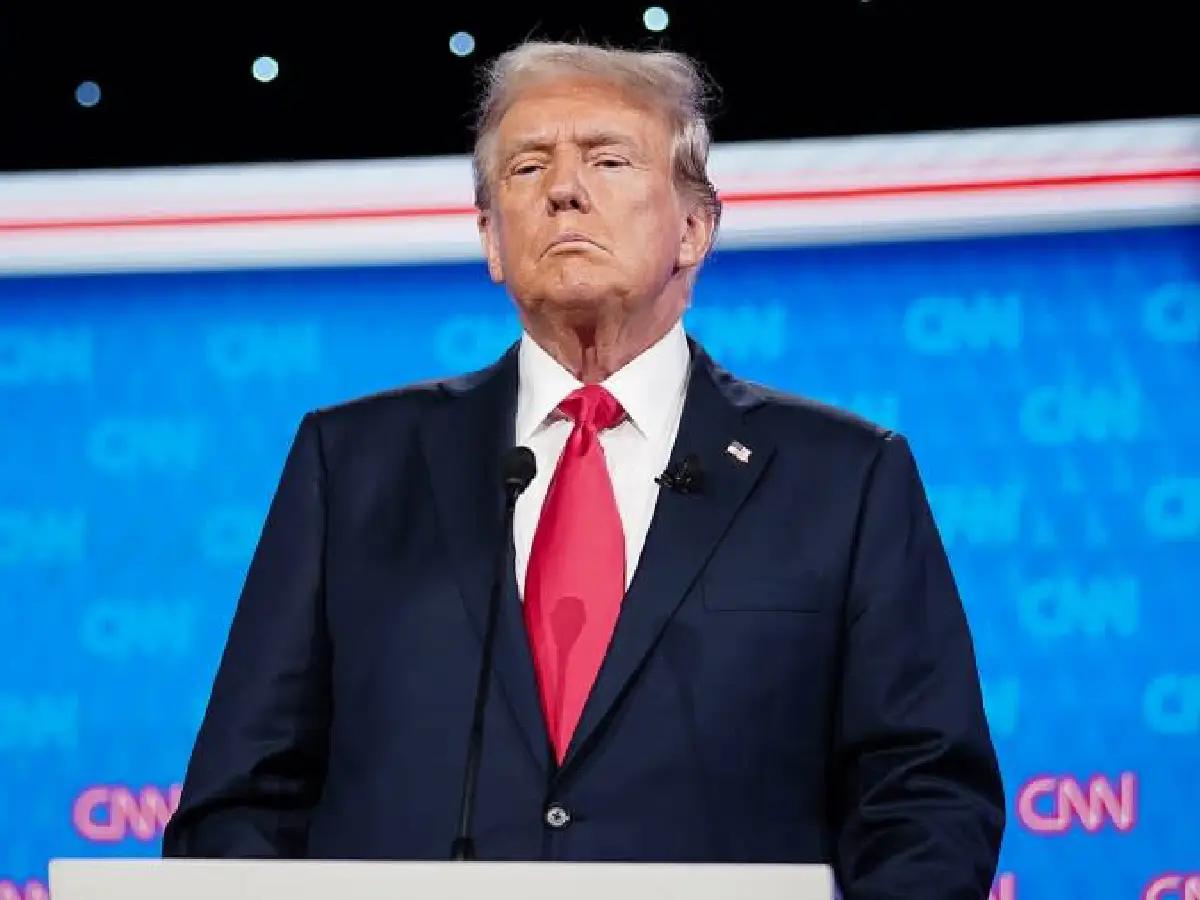### Navigating Market Instabilities: The Impact of Political Pressure and Trade Policy Uncertainties
In recent developments that have stirred the financial markets, President Trump’s direct pressures on the Federal Reserve alongside the ongoing uncertainties surrounding his administration’s tariff policies have sent significant shockwaves across various economic sectors. This blog post will explore the implications of these pressures and how they have affected stocks, bonds, oil, and the U.S. dollar. Understanding these dynamics is crucial for investors who need to navigate through these volatile economic times.
#### Influences of Presidential Pressure on Monetary Policy
Historically, the Federal Reserve operates with a considerable degree of independence from the presidential administration to ensure that monetary policy decisions are free from political influence and are made in the best interest of economic stability. However, recent actions by President Trump suggest a shift from this norm, as he continues to exert pressure on the Federal Reserve, suggesting possible alterations in their approach to interest rates and other monetary policies.
This exertion of pressure is perceived by the markets as a signal of potential instability, which naturally results in increased caution among investors. The independence of the Federal Reserve is a cornerstone of confidence in U.S. economic policy, and any threats to this independence can have considerable repercussions across all economic sectors.
#### Tariff Policy and Market Reactions
Adding to the complexities are the uncertainties surrounding the administration’s tariff policies. International trade plays a significant role in the global economic environment, and any changes or uncertainties in tariff policies can lead to significant disruptions. For investors, manufacturers, and consumers alike, knowing the rules of the game as it pertains to international trade is essential for making informed decisions. Without clear guidelines, the risk increases, and markets naturally react.
For instance, the potential for heightened tariffs on goods can lead to increased production costs and disrupt international supply chains. Such factors not only affect the stock market but also have broader economic implications including influencing the price of oil and other commodities.
### Market Responses
As a result of these pressures, major financial markets have shown notable downturns:
– **Stock Markets Tumble:** Investors, uncertain about the future of both U.S. monetary policy and international trade, are pulling back from the stock market, leading to declines across major indices.
– **Bond Market Fluctuations:** In times of uncertainty, bonds typically become a haven for investors. However, the current pressures have also led to volatility in this sector, as future interest rates and economic conditions remain uncertain.
– **Oil Prices Decline:** The oil market, closely tied to global economic conditions, has also suffered. Concerns about reduced worldwide economic activity affecting oil demand contribute to the downward pressure on oil prices.
– **The U.S. Dollar Weakens:** The U.S. dollar, often seen as a stronghold during economic uncertainty, has experienced a decline. This can partly be attributed to the potential overreach in fiscal policy, particularly concerning trade tariffs which might hamper U.S. economic growth prospects.
### Moving Forward
For investors and market watchers, the key to navigating these turbulent conditions lies in staying informed and being prepared for heightened volatility. Diversifying investment portfolios and considering safer asset classes during times of market stress could be prudent strategies. Furthermore, paying close attention to forthcoming policies or regulatory changes that could affect the market is crucial.
Investors and market participants alike must remain vigilant, understanding that the landscape of investment can dramatically shift with changes in economic policy and international trade relations. As we continue to monitor these unfolding events, it remains important to consider both short-term reactions and long-term implications of political pressures and policy uncertainties on the financial markets.









